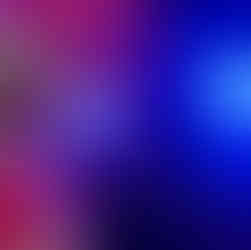By Poddy Wilson
On the 7th June, I was invited to watch the press night of Michael Flately’s Lord of The Dance, which is celebrating its 25th anniversary this year! The show is not only a display of the most impressive stamina, skill, and performance that I have ever seen, but also follows the classic narrative of good versus evil, leaving the whole New Theatre on their feet and applauding rapturously. It is no surprise that the opening montage was headlined with ’25 years of standing ovations’.
The New Theatre on George St was packed on opening night, with press drinks in the atmospheric piano bar. As press, we were treated to bubbles on arrival, and the hospitality was wonderful.
The show opened with the creator himself, Michael Flatley, narrating a brief history of the origins of the show. Over its 25-year history, Lord of the Dance has become the biggest dance show on earth, and is massively responsible for the global popularisation of Irish dance in recent years. The performance began with an eerie, mythical number, and the introduction of the Puck-like character of the ‘Little Spirit’ who would lead the narrative from one routine to the next, interspersing it with that familiar tune of ‘Dance then, wherever you may be’ on the tin whistle, which was the songful backbone of the show. The show was primarily comprised of two styles of Irish dance, those being performed either in hard shoes, like tap shoes, or soft shoes, otherwise known as ‘ghillies’. Whilst the dances in ghillies were incredible, requiring an unbelievable amount of control, flexibility, and, above all, fitness(!), as a tap dancer myself, it was the hard shoe numbers that really had me on the edge of my seat. The speed and rhythm were at once so expressive and virtuosic that you couldn’t help but be wowed by the performance. The show also featured interludes of vocals and fiddle music – and how the instrumentalists managed to dance and play at that speed, at the same time, I will never know!
Before Michael Flatley’s performance of Riverdance during the interval of Eurovision in 1994, Irish dance had famously not made much use of dancers’ arms. In Lord of The Dance, this tradition is left far behind, with the lead dancer, the Lord of The Dance himself entrancing the audience with his full body choreography, in a way that comes off as almost arrogant in his showmanship, but which completely entrances every audience member. And, it was rather appropriate that this modern style had its origins in Eurovision, given some of the Bucks-Fizz-esque costume changes! Through the modernisation of the choreography, the moves become more communicative, allowing the dancers to tell the stories of combat, chivalry, seduction, frivolity, and finally unity.
In the closing number – the titular song! – when it came to the iconic canon moment, every spectator in the house found themselves clapping right along with those fast-moving feet. It’s a show that would appeal to everyone, regardless of their interest in dance in general: Lord of The Dance is a true spectacle.






Comments